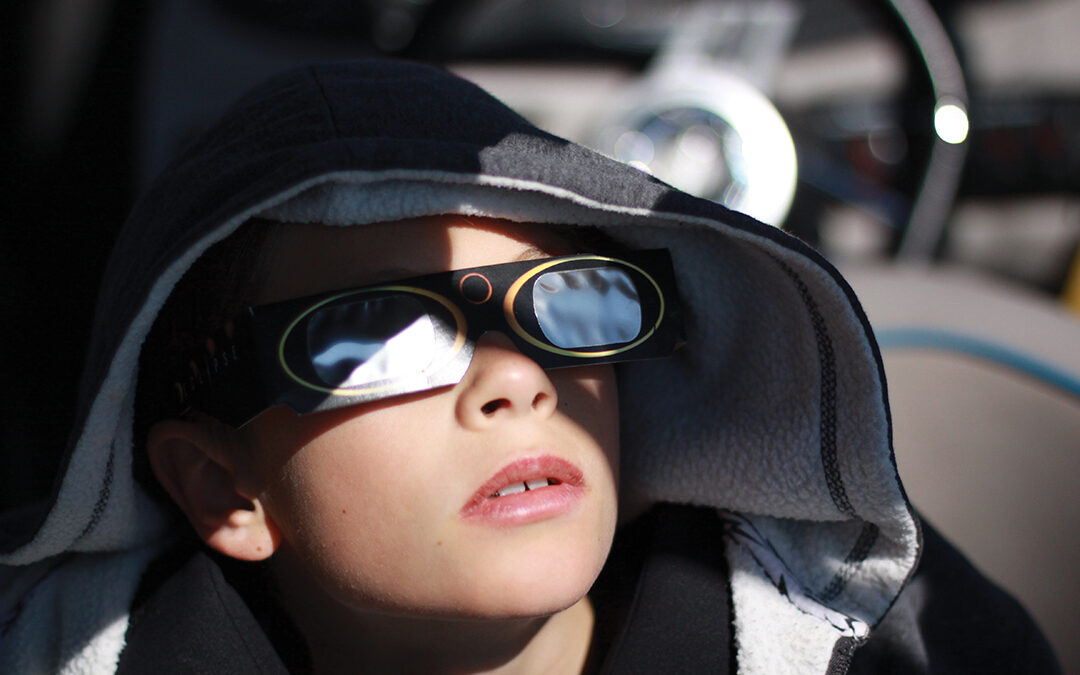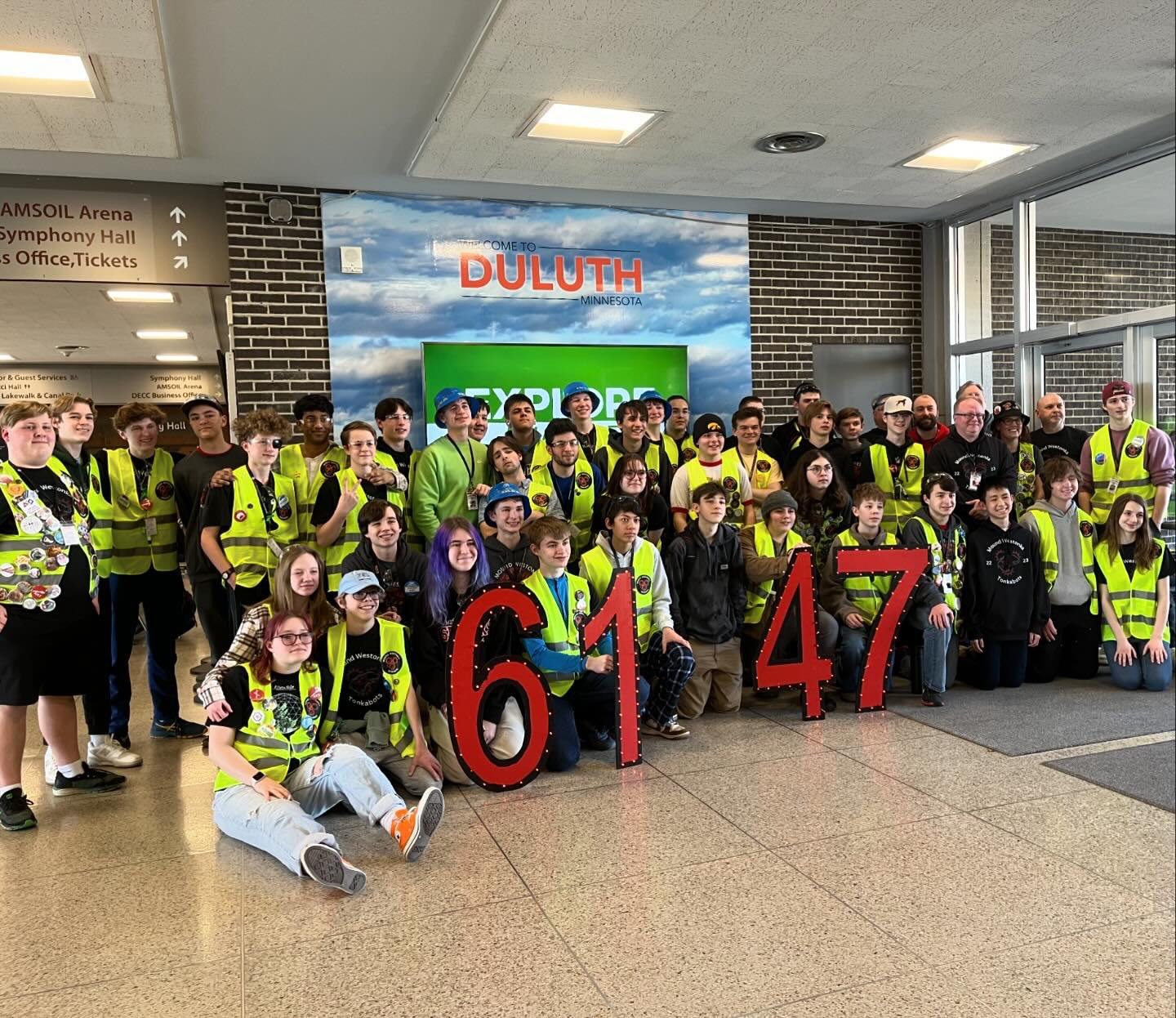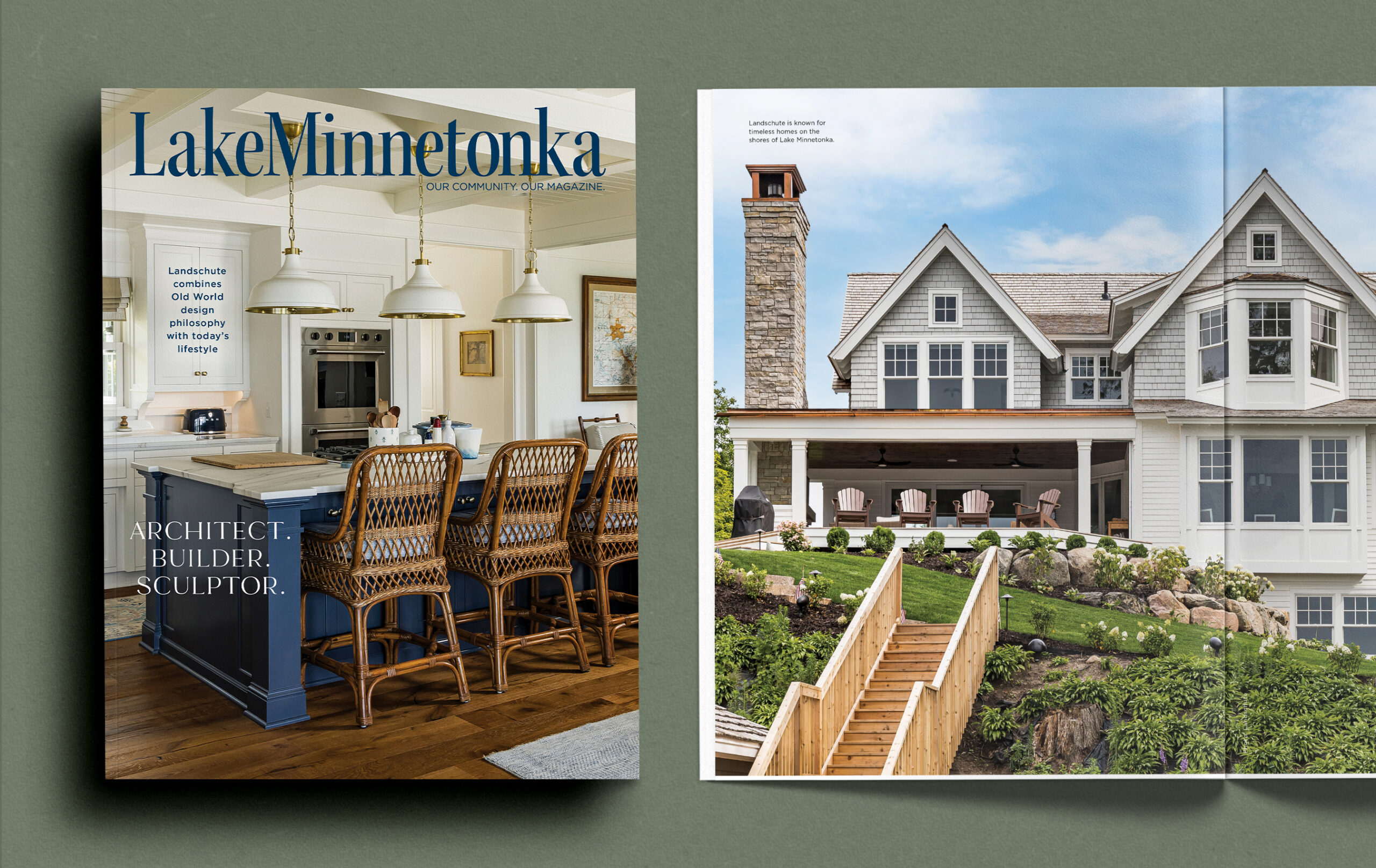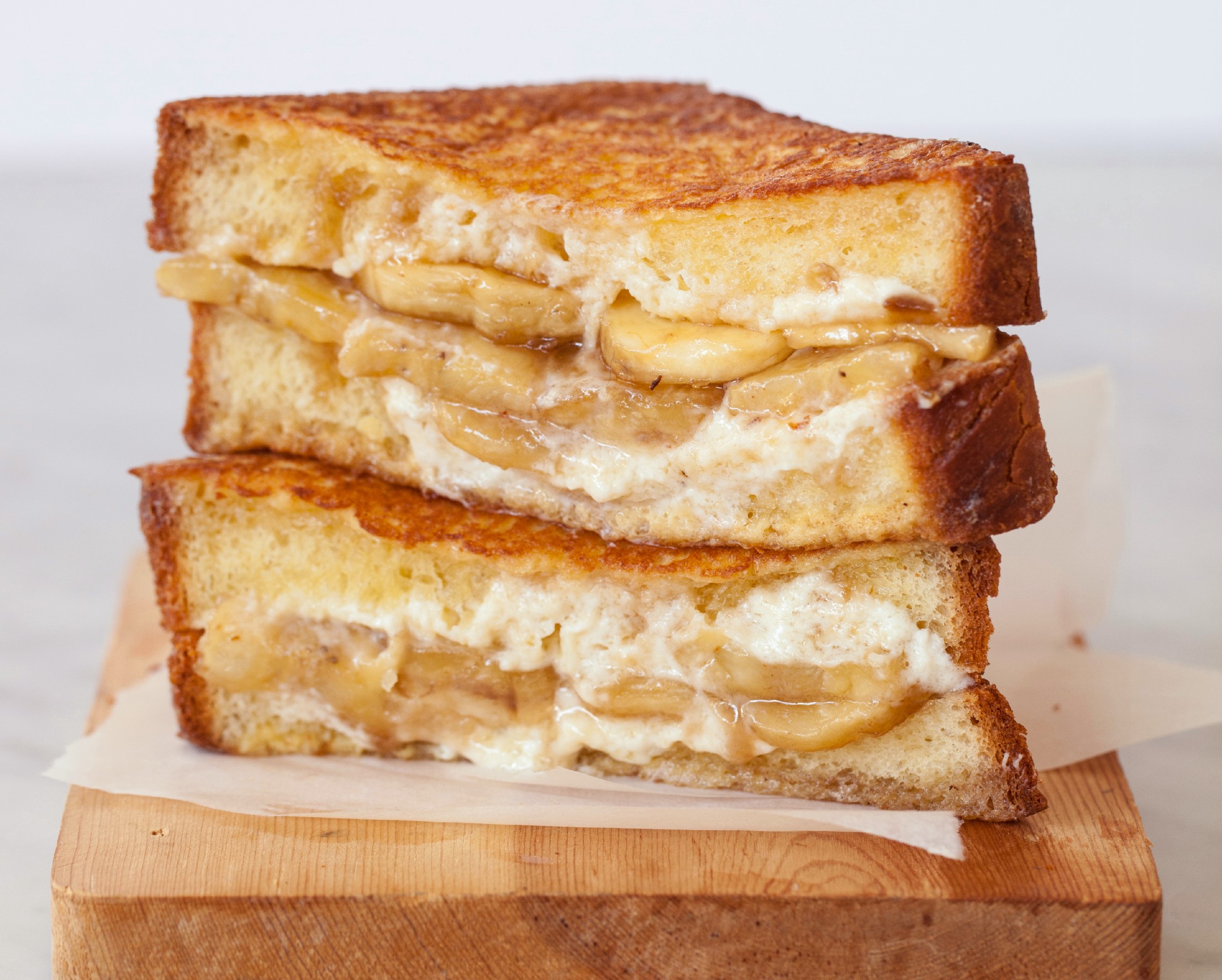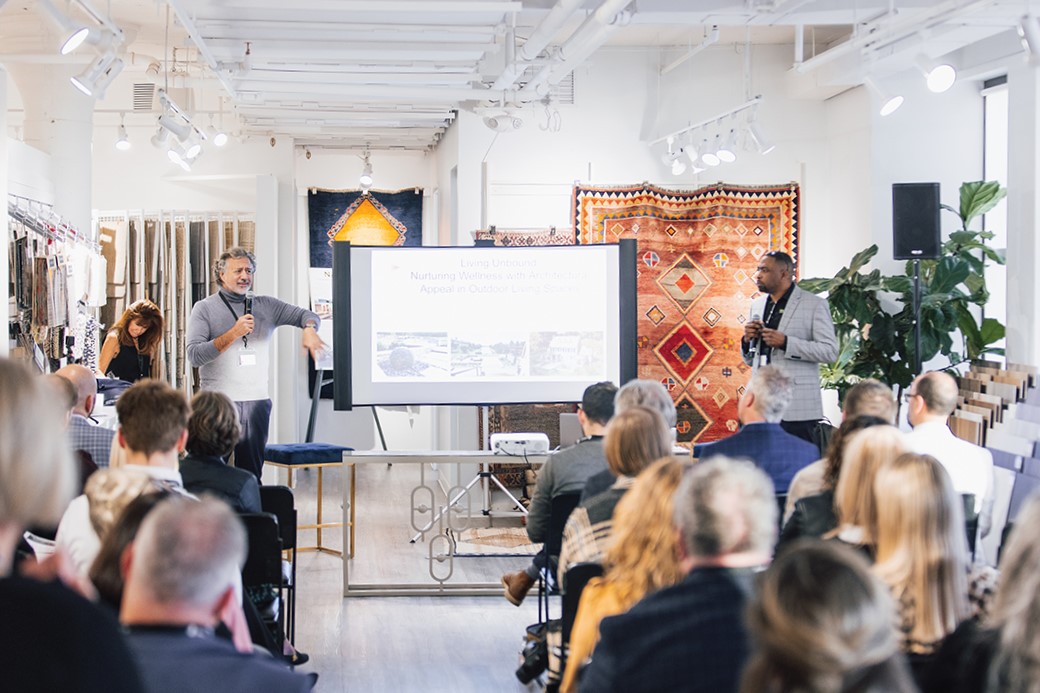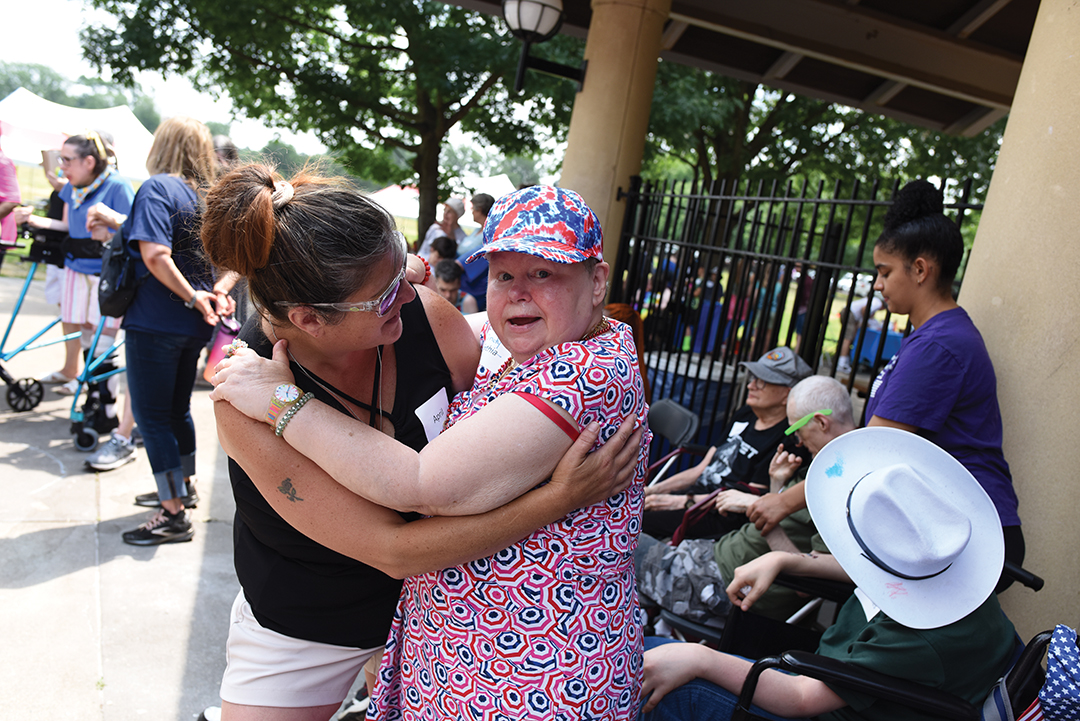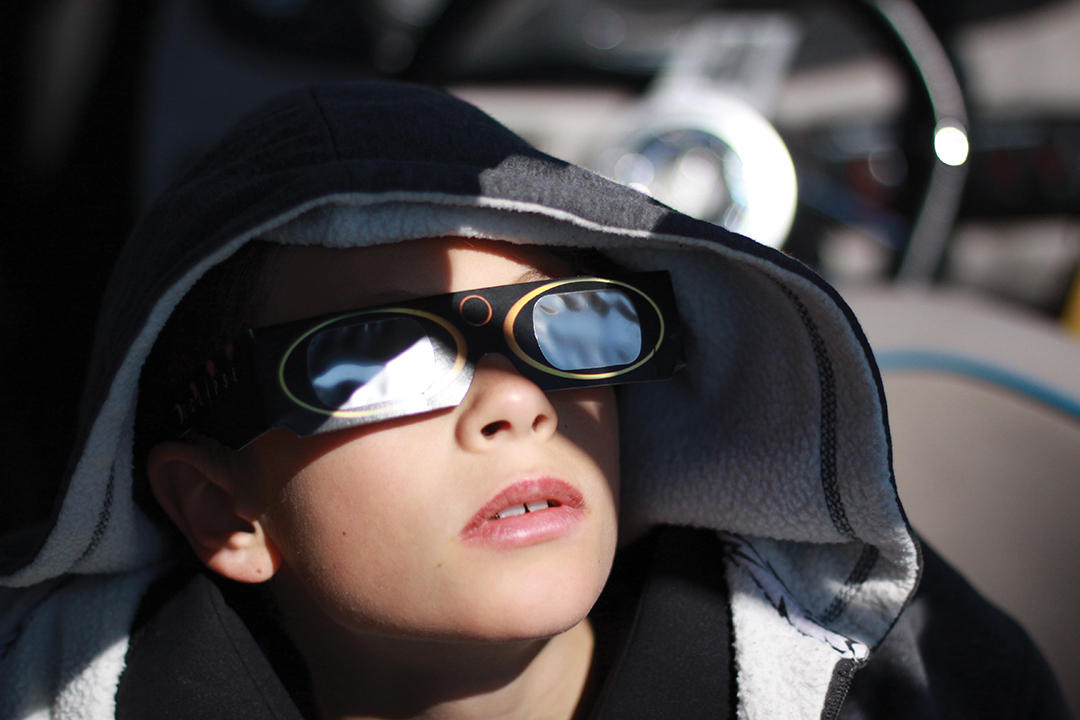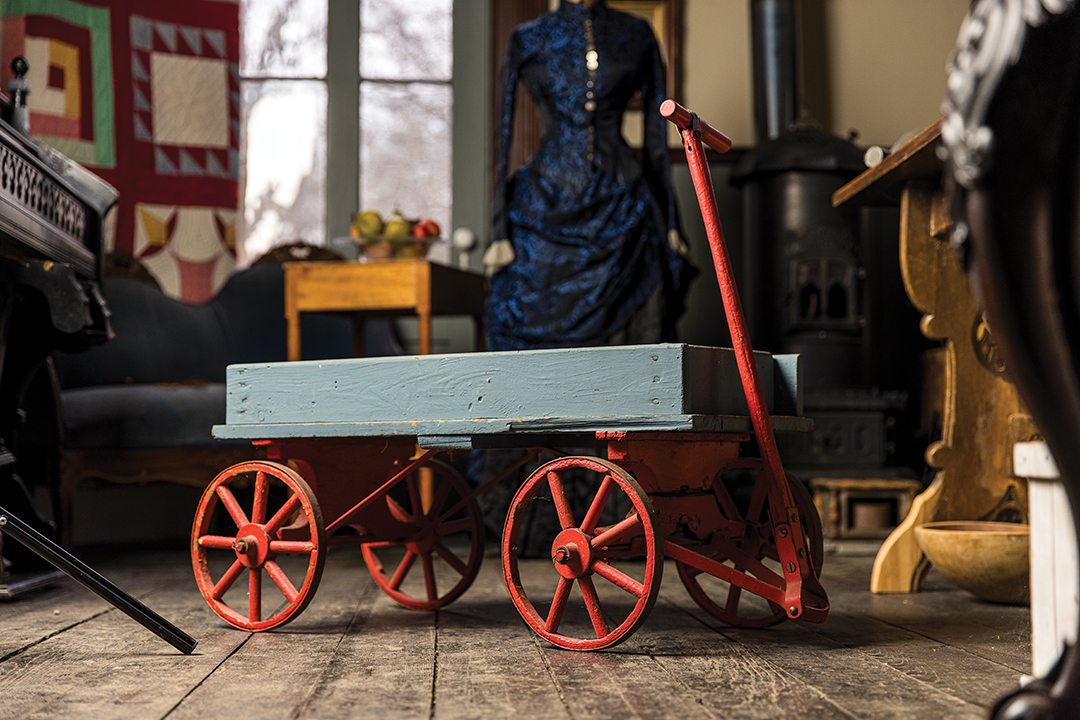
A childhood wagon, circa 1889–1890, that belonged to Dana Frear, who was Minnetonka’s first town historian, was donated to the Minnetonka Historical Society by Chuck Kloster in 2022. Photos: Chris Emeott
Historical organizations recommend ways to declutter and donate.
What are you going to do with that? Does anyone in the family want this? Where can I put all of those? The questions can be overwhelming; the decisions can feel endless. When decluttering or emptying a home, deciding what to keep, give away and do with the “leftovers” can be challenging.
While some items are destined to donation centers or recycling venues (maybe even the county dump), there is a category of items that have historical significance and should be saved and displayed for the public to enjoy. Who or what has space for all this? We know—historical societies.
Lisa Stevens, a board member with the Lake Minnetonka Historical Society, and Stephanie Herrick, collection manager for the City of the Minnetonka Historical Society, highlight which items to offer these and other similar organizations.
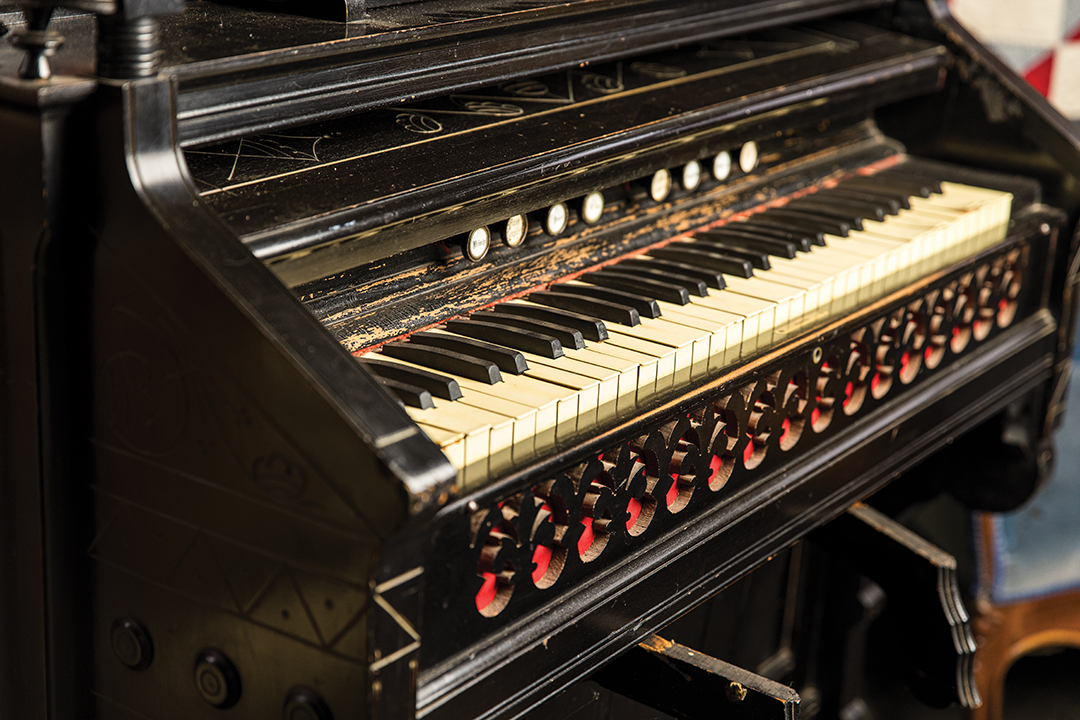
This W.W. Kimball and Co. reed organ, early 20th century, is part of the City of Minnetonka Historical Society’s collection. It was in St. John’s Chapel (operated from 1858–1918) in Minnetonka Mills. It was in St. John’s where notable early resident Louise Burwell played on this reed organ.
What items are a “yes?”
Stevens: We accept any items that we can preserve and share with the public to tell the story of Lake Minnetonka, including photos, documents and three-dimensional artifacts.
Herrick: We accept items that help us preserve and share the history of Minnetonka. Think items like a butter churn used on a Minnetonka farm in the 1880s, a Christmas card sent by a Minnetonka family in the 1940s or a dress worn to a Minnetonka High School prom in the 1980s—items that help us tell the stories of Minnetonka and its residents.
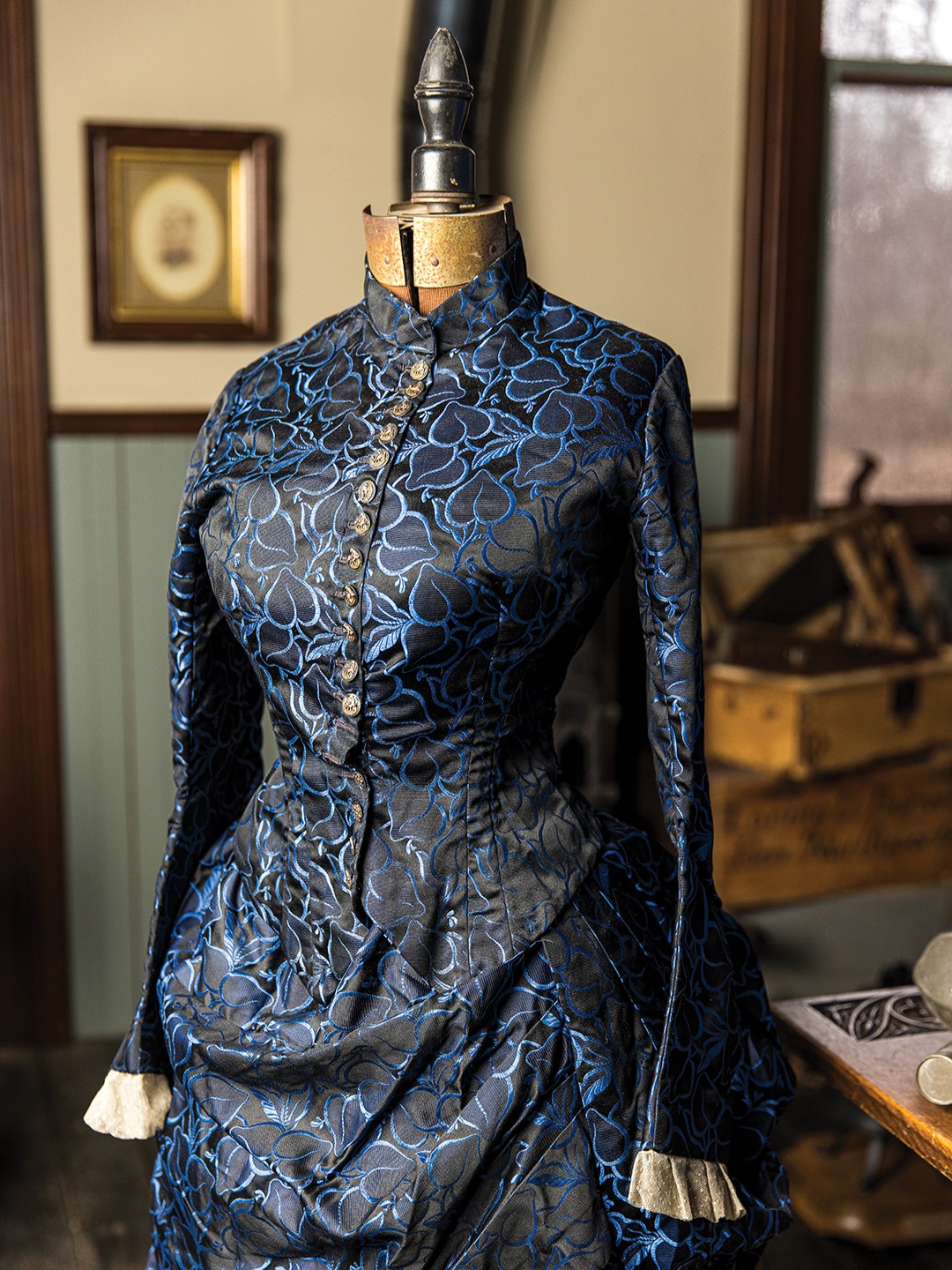
A bustle dress, estimated to be from the 1880s, was donated to the City of Minnetonka Historical Society by Pati Kortum in 2020.
What items are a “no?”
Stevens: We usually decline anything that is in extremely poor condition, could pose a health hazard or endanger our collection due to mold or pest infestation, etc., but there are exceptions. The item also needs to be able to fit in one of our museums or archives. We’ve had to decline a fire engine and large business sign in the past.
Herrick: We decline general antique items that do not have a clear connection to Minnetonka, photographs in which the subjects are not identified, duplicates of items already in our collection and items that are too big or otherwise difficult to store, such as furniture.
What about high school yearbooks, newspaper clippings or photos?
Stevens: We have a collection of yearbooks from local schools, and we would love to have full sets from every part of the lake. We usually do not take newspaper clippings or newspapers unless they are exceptionally old, rare or unusual, but we’re happy to take a look. We love historic photos and postcards of the lake area … Not ready to part with a photo? We’re happy to scan and return them, so we can add them to our digital collection. The public can view [over] 14,000 images scanned from our collection at mncollections.org … We also accept local photo albums, scrapbooks, letters and phonebooks about the area and more.
Herrick: We typically do not accept yearbooks or newspaper clippings, as those are readily available in other archives … and we simply do not have the space to store them. As far as photographs, we are always interested in original photos, as long as the people and places pictured have been clearly identified.
What time frame is defined as historical?
Stevens: We collect all eras of Lake Minnetonka history. The present is tomorrow’s past, so when in doubt—ask.
Herrick: For our purposes, history is anything that happened even five minutes ago! We are as interested in preserving the recent past as we are the more distant past … That said, our collection as it currently stands primarily consists of items from the 1880s to the early 1900s … as well as a large number of items from the mid-20th century.
What about interesting donations?
Stevens: We’ve received half of a large propeller found buried in the sand of Shady Island in the 1930s, likely thrown there by the 1879 explosion of the steamer May Queen. We’ve also received various original streetcar boat parts, from cane seats to a ship’s wheel, which are now part of the restored steamboat Minnehaha.

A steamboat Minnehaha wheel, constructed in 1906, was donated to the Lake Minnetonka Historical Society by Eric Sayer Peterson in 1990 in an effort to restore the Minnehaha.
Herrick: … a bustle dress and matching umbrella, a set of antique kitchen gadgets, a child’s toy wagon, maps of early Minnetonka and a hand-painted mural.
Do you require donation appointments?
Stevens: We prefer that people contact us at info@lakeminnetonkahistory.org or 952.474.2115, so we can make certain that a qualified volunteer can assist them with their donation. People can also fill out a donation form on our website at lakeminnetonkahistory.org.
Herrick: We ask that anyone interested in donating an item first reach out to me at stephanie.herrick@cityofminnetonkahistory.org.
See Into the Past
Lake Minnetonka Historical Society Museums are located in Excelsior, Mound and Wayzata, and a Research Archives in Wayzata houses photos, documents and books. Visit lakeminnetonkahistory.org for hours and locations.
The City of Minnetonka Historical Society: Check out the Burwell House and Museum, 13209 E. McGinty Road, in Minnetonka. Free tours are available on a limited basis. For more information, visit minnetonkamn.gov. View collections at mncollections.org, with more items being added all the time.



